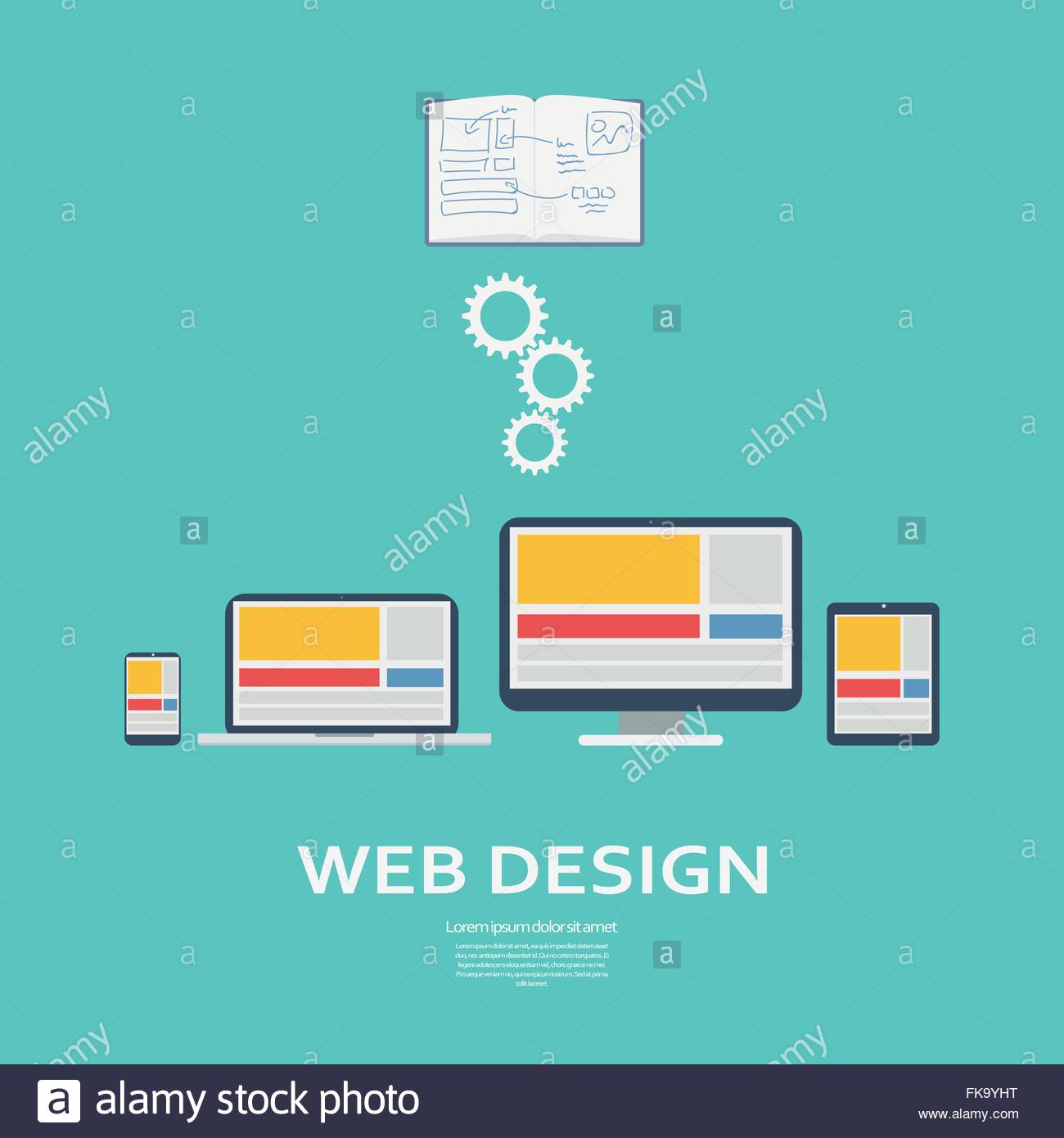The Advancement Of Site Style: From Past To Existing
The Advancement Of Site Style: From Past To Existing
Blog Article
Article Created By-Solis Vangsgaard
In the past, internet sites were basic and concentrated on info. Navigating was direct, and style was for desktop computers. Now, individual experience is vital. Data overviews styles for simple navigation. Receptive formats fit various tools. Today, dark setting reduces strain, and minimal menus improve navigating. Interactive features involve individuals, and vibrant visuals attract attention. AI assimilation increases involvement. See just how style has actually evolved to improve your on the internet trip.
Very Early Days of Website Design
In the very early days of website design, simplicity reigned supreme. Sites were basic, with minimal shades, font styles, and formats. The emphasis got on supplying information rather than fancy visuals. Individuals accessed the net via sluggish dial-up links, so speed and performance were crucial.
Navigating menus were straightforward, typically situated at the top or side of the page. Web sites were designed for home computer, as mobile surfing had not been yet common. Content was king, and developers focused on simple readability over complex design components.
HTML was the main coding language used, and developers had to function within its constraints. Computer animations and interactive functions were minimal compared to today's standards. read review were static, with little dynamic web content or tailored user experiences.
Rise of User-Focused Design
With the advancement of website design, a shift towards user-focused style principles has actually ended up being increasingly noticeable. Today, developing internet sites that focus on user experience is crucial for engaging visitors and accomplishing service objectives. User-focused style entails understanding the demands, preferences, and habits of your target audience to tailor the internet site's layout, web content, and features as necessary.
Designers currently carry out detailed study, such as customer surveys and usability testing, to collect understandings and responses directly from individuals. This data-driven technique aids in developing instinctive navigation, clear calls-to-action, and aesthetically appealing user interfaces that resonate with site visitors. By putting the user at the center of the layout process, web sites can supply a much more tailored and enjoyable experience.
Receptive layout has actually additionally emerged as a crucial aspect of user-focused layout, guaranteeing that web sites are optimized for various tools and display sizes. This flexibility enhances ease of access and functionality, catering to the varied ways users engage with sites today. In essence, the increase of user-focused layout symbolizes a shift in the direction of developing electronic experiences that focus on the demands and assumptions of the end customer.
Modern Trends in Website Design
Discover the most up to date fads forming website design today. managed hosting platform is dark mode design, supplying a smooth and modern look while decreasing eye strain in low-light settings. An additional vital pattern is minimal navigation, streamlining food selections and boosting individual experience by focusing on essential elements. Incorporating micro-interactions, such as animated buttons or scrolling impacts, can produce a much more interesting and interactive website. Receptive style remains essential, making certain smooth customer experiences throughout different gadgets. In addition, making use of bold typography and unbalanced designs can include aesthetic interest and draw attention to details web content.
Incorporating AI modern technology, like chatbots for consumer assistance or personalized referrals, improves customer engagement and enhances processes. Availability has likewise come to be a considerable trend, with developers prioritizing inclusive design methods to deal with diverse user requirements. Accepting sustainability by optimizing internet site performance for rate and efficiency is one more arising trend in web design. Working together with individual comments and data analytics to iterate and boost layout continuously is essential for remaining appropriate in the ever-evolving electronic landscape. By accepting these contemporary trends, you can produce a visually enticing, easy to use site that resonates with your target market.
Conclusion
As you assess the development of site layout from the very early days to now, you can see just how user-focused style has actually ended up being the driving pressure behind modern patterns.
Embrace the trip of change and adaptation in web design, always maintaining the customer experience at the leading edge.
Keep present with the latest fads and modern technologies, and never quit developing your strategy to develop visually sensational and user-friendly websites.
Advance, adapt, and produce - the future of web design is in your hands.
